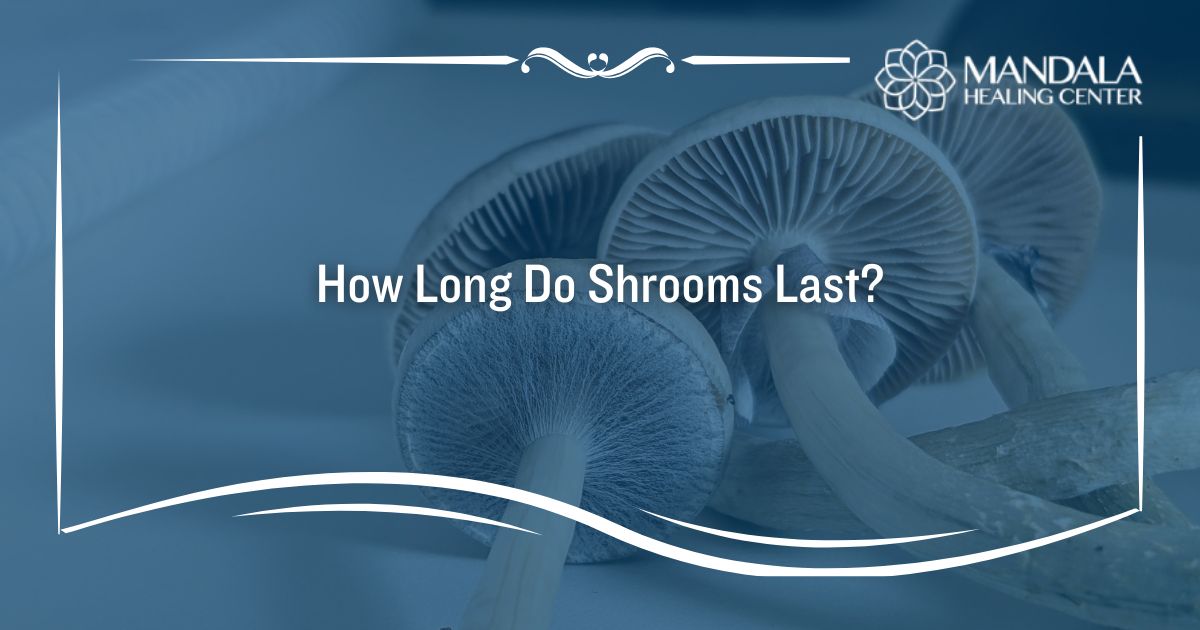Opioid addiction is a serious problem in the United States, with 80,411 people passing from an opioid overdose in 2021.[1]
Since rates of opioid addiction continues to rise each year, addiction treatment experts have begun using more aggressive methods to stimulate recovery. One of the most effective treatments for opioid addiction is medication-assisted treatment (MAT).
MAT programs combine traditional addiction treatment methods like therapy and relapse prevention with medications that control withdrawal symptoms and prevent cravings. As a result, patients are better able to focus on the psychological and behavioral aspects of recovery.
One of the medications used during MAT for opioid addiction is Suboxone. If you are taking suboxone, you should not be dealing with severe withdrawal symptoms. Being able to determine whether your Suboxone dose is too low can help you ensure your success in your medication-assisted treatment program.
What is Suboxone?
Suboxone is the brand name for an opioid addiction medication that combines the substances buprenorphine and naloxone. The buprenorphine in Suboxone activates opioid receptors in your brain to control symptoms of withdrawal and prevent cravings. While buprenorphine activates opioid receptors in the brain, it only does so partially, ensuring that you do not experience a high.
The naloxone found in Suboxone is a full opioid antagonist, meaning it binds to and blocks opioid receptors without activating them. As a result, other opioids cannot affect you, preventing you from being able to relapse while you are on Suboxone. The naloxone in Suboxone is only activated if you attempt to abuse the medication, as it blocks opioids from being able to cause mind-altering effects or overdoses.
The side effects of Suboxone may include:[2]
- Headaches
- Stomach pain
- Constipation
- Trouble sleeping
- Numbness in the mouth
- Tongue pain
- Blurry vision
- Muscle aches or back pain
Suboxone is used as a tapering medication to help patients overcome withdrawal during early recovery from opioid use disorder. If you are receiving Suboxone treatment, medical professionals will slowly lower your dose over time until you no longer need it.
Understanding Suboxone Dosing
There are two different formulations of Suboxone: films and tablets. Suboxone films dissolve in your mouth and you simply swallow the tablets like regular pills. Suboxone tablets and films come in different strengths and dosages.
Suboxone films come in the following strengths:[3]
- 2 mg buprenorphine and 0.5 mg naloxone
- 4 mg buprenorphine and 1 mg naloxone
- 8 mg buprenorphine and 2 mg naloxone
- 12 mg buprenorphine and 3 mg naloxone
Suboxone tablets do not have as many dosage options as the films. The tablets come in the following doses:[3]
- 2 mg buprenorphine and 0.5 mg naloxone
- 8 mg buprenorphine and 2 mg naloxone
The recommended target dosage of Suboxone for opioid maintenance is 16mg of buprenorphine daily, given in 4 mg doses throughout the day.[4]
How to Tell If Your Suboxone Dose is Too Low
Suboxone treatment is intended to control your opioid withdrawal symptoms to keep you safe, comfortable, and focused on recovery. If you begin to experience withdrawal symptoms that make it difficult to cope with your daily tasks, your dose might be too low. As a result, it’s important to be aware of opioid withdrawal symptoms to look out for.
Common symptoms of opioid withdrawal include:[5]
- Agitation and anxiety
- Muscle aches or pains
- Teary eyes
- Insomnia
- Runny nose
- Excessive sweating
- Repetitive yawning
- Abdominal cramping and pains
- Diarrhea
- Dilated pupils
- Goosebumps and chills
- Nausea and vomiting
If you are receiving Suboxone and continue to experience the above-mentioned symptoms of opioid withdrawal, your dose might be too low. You should always consult with the doctor providing you with Suboxone to determine whether you need a dosage increase.
Can You Increase Your Suboxone Dose on Your Own?
You should never attempt to increase your Suboxone dose on your own. If you do not need an increase, you could accidentally take too much. While the naloxone inside of Suboxone will prevent you from experiencing a high or an overdose, this is still considered a form of substance abuse.
Instead of attempting to adjust your dose on your own, get in touch with the medical provider that is providing you with Suboxone treatment. If you are experiencing withdrawal symptoms, they will increase the dose accordingly to ensure you are receiving the benefits of Suboxone treatment.
Get Connected to a Top-Rated Medication-Assisted Treatment Program
If you or a loved one struggles with an opioid use disorder, it’s time to seek help. Medication-assisted treatment programs like Mandala Healing Center can provide you with the tools, support, and medications you need to maintain long-term recovery.
To determine whether medication-assisted treatment and Suboxone are right for you, contact Mandala Healing Center today.
References:
- The National Institute of Drug Abuse (NIDA): Drug Overdose Death Rates, Retrieved October 2023 From https://nida.nih.gov/research-topics/trends-statistics/overdose-death-rates
- Medline Plus: Buprenorphine Sublingual and Buccal, Retrieved October 2023 From https://medlineplus.gov/druginfo/meds/a605002.html
- Medscape: buprenorphine/naloxone (Rx), Retrieved October 2023 From https://reference.medscape.com/drug/suboxone-zubsolv-buprenorphine-naloxone-343334
- Suboxone: Prescribing Information, Retrieved October 2023 From https://www.suboxone.com/pdfs/prescribing-information.pdf












